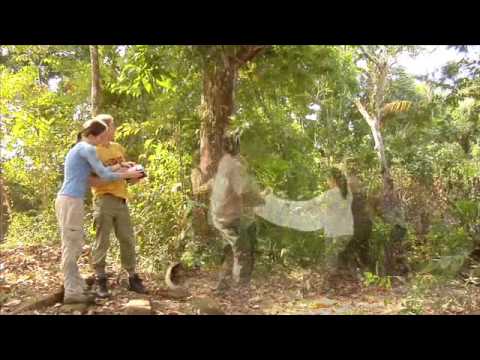
The Importance of Biodiversity
Biological diversity is a central component of healthy ecosystems; it’s also critical to numerous human activities (because we, too, rely on ecosystems for both products and services).
- The National Parks Conservation Association demonstrates the importance of biodiversity in ecosystems with the example of the role coral reefs play in maintaining ocean ecosystems… and thus supporting human economic activities such as fishing.
- The Food and Agriculture Organization of the United Nations (FAO) provides in-depth resources on the importance of biological diversity to agriculture. Diversity of plant and animal species farmed and ranched are covered, as well as supporting systems for agriculture, such as soil, pollinators, and forests.
- Biodiversity also plays an important role in maintaining human health, from “ecosystem services” that purify air and water, to medicinal species (many of which may still be undiscovered). The Center for Health and the Global Environment at Harvard Medical School published a thorough book on the topic in 2008; the writing team’s interim executive summary (from 2002) is available online, and provides a clear overview of the issues involved.
- Business and industry relies on natural resources and materials for manufacturing produc ts; biodiversity helps insure that materials are available with the qualities a product developer might need. The Convention on Biological Diversity’s Global Platform on Business and Biodiversity provides resources (case studies, overviews of business frameworks for measuring impact on biodiversity, etc) for companies looking to lighten their footprint on the resources necessary to their survival. The United Nations Finance Initiative published a report on the business case for biodiversity conservation in 2008.
- Ecosystem services don’t just contribute to human health: they’re also critical for agriculture, flood control and storm protection, organic waste breakdown, and other necessities. A statistical analysis of over one hundred studies by researchers at the University of California, Santa Barbara, found that biodiversity directly impacts the functioning of these services.
- Finally, diverse environments serve as places for recreation and aesthetic pleasure. Some may argue about the relative importance of these “services,” but most would agree that they contribute to our health and well-being. Would you want to hike or camp in a clear-cut forest?
Next page: biodiversity hotspots, and specific threats (Use the page links below to navigate)
Image credit: Richard Ling at Wikimedia Commons under a Creative Commons license


planetnurse
Excellent primer on the concepts. I would submit that most people would consider the interrelationships and synergy, but ultimately will return to the question of how this affects their own daily lives. (Sustainablog readers likely represent a more ecologically sensitive subpop and already have some understanding of the significance). The link to the interim executive summary from the CHGE is helpful, but tedious.
If we could also view the loss of biodiversity through a cultural heritage lens, we might see that the habitat destruction and introduction of nonnative traditions threatens us in significant, measurable ways. Indigenous people around the world have been forced from their land, unable to grow and eat the crops they have evolved to most efficiently process. Consequently, they are vulnerable to the diseases once associated with wealth – diabetes, coronary artery disease, cerebral vascular disease. Witness the Pima Indians of the American Southwest with the highest Type 2 Diabetes incidence in the US. There are so few of us who do not worry about our health, or the health of our children.
Even people who do not consider themselves native or indigenous suffer for the loss of biodiversity – as we feed the world increasing quantities of corn and wheat, we rob ourselves of the unique practices of our cultures, our climates, our microclimates. As we are witnessing, the gap between the Northern and Southern hemispheres, the rich and the poor, the healthy and the ill, is widening.
Great metaguide. Consider also the International Institute for Economic Development as a resource. Free downloads of books, reports, papers, etc. (no disclosure to report). http://www.iied.org/pubs
Jeff McIntire-Strasburg
@planetnurse — Thank you for the kind words, and the additional concepts… immensely helpful! I’ll definitely take a look at the IIED resources, and get them in…